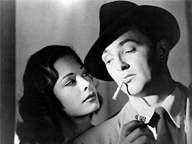This post first appeared on August 1, 2010. The graphic is new.
Robert Mitchum would have been 97 today, if he’d managed to stick around.
Was there ever a cooler movie star, with his sleepy eyes, barrel chest, and smooth way with tough-guy repartee? Mitchum was so cool he recorded calypso records on which he sang with a faux Caribbean accent. Honestly, who else could have pulled that off and kept his cachet?
It’s a damn shame Mitchum didn’t get to play Philip Marlowe at an appropriate age. His belated stab at the role, in 1975’s Farewell My Lovely, shows that he was perfectly suited to play Raymond Chandler‘s shamus. One can get a sense of how it might have gone by watching the film noir classic Out of the Past (1947), in which Mitchum plays a Marlowe-esque private eye, and at an age that was right in line with Marlowe’s.
We wrote to Mitchum in 1980 or so, asking him for an autographed photo. As we requested, we received a shot of him in the role of Marlowe, and it was inscribed, “Cheers! Bob Mitchum.” We don’t know for certain if it was signed by the man himself or by someone who did his signing for him, but we like to think that Mitchum, who didn’t brook much nonsense from anyone, wouldn’t bother to send out proxy signatures, that he’d either sign them himself or not at all.
We’ll close by recalling Mitchum’s response to a reporter’s question after serving time in 1948 for marijuana possession:
“[Prison is] like Palm Springs, without the riff-raff.”

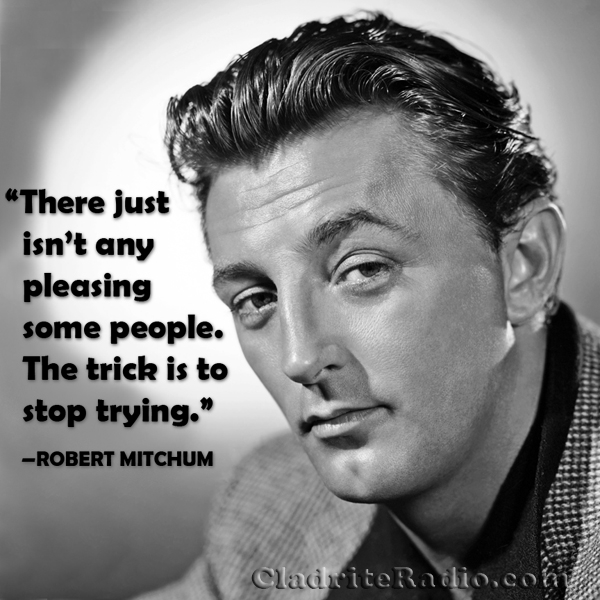

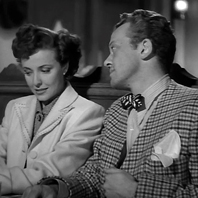
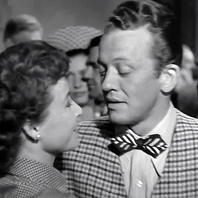
 “Clinton Stoner was a freelance men’s suit and sportswear designer whose merchant clients included Macintosh Studio Clothes and Saks Fifth Avenue. In the late 1940s, he opened his own custom sportswear shop—named “Clinton Stoner”—on the east end of the Sunset Strip. Stoner’s shop was a favorite of gangster
“Clinton Stoner was a freelance men’s suit and sportswear designer whose merchant clients included Macintosh Studio Clothes and Saks Fifth Avenue. In the late 1940s, he opened his own custom sportswear shop—named “Clinton Stoner”—on the east end of the Sunset Strip. Stoner’s shop was a favorite of gangster 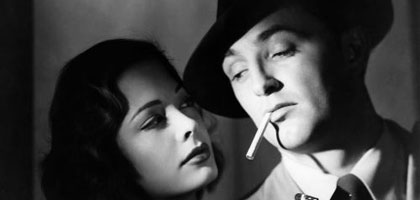 We wrote to Mitchum in 1980 or so, asking him for an autographed photo. As we requested, we received a shot of him in the role of Marlowe, and it was inscribed, “Cheers! Bob Mitchum.” We don’t for certain if it was signed by the man himself or by someone who did his signing for him, but we like to think that Mitchum, who didn’t brook much nonsense from anyone, wouldn’t bother to send out proxy signatures, that he’d either sign them himself or not at all.
We wrote to Mitchum in 1980 or so, asking him for an autographed photo. As we requested, we received a shot of him in the role of Marlowe, and it was inscribed, “Cheers! Bob Mitchum.” We don’t for certain if it was signed by the man himself or by someone who did his signing for him, but we like to think that Mitchum, who didn’t brook much nonsense from anyone, wouldn’t bother to send out proxy signatures, that he’d either sign them himself or not at all.
